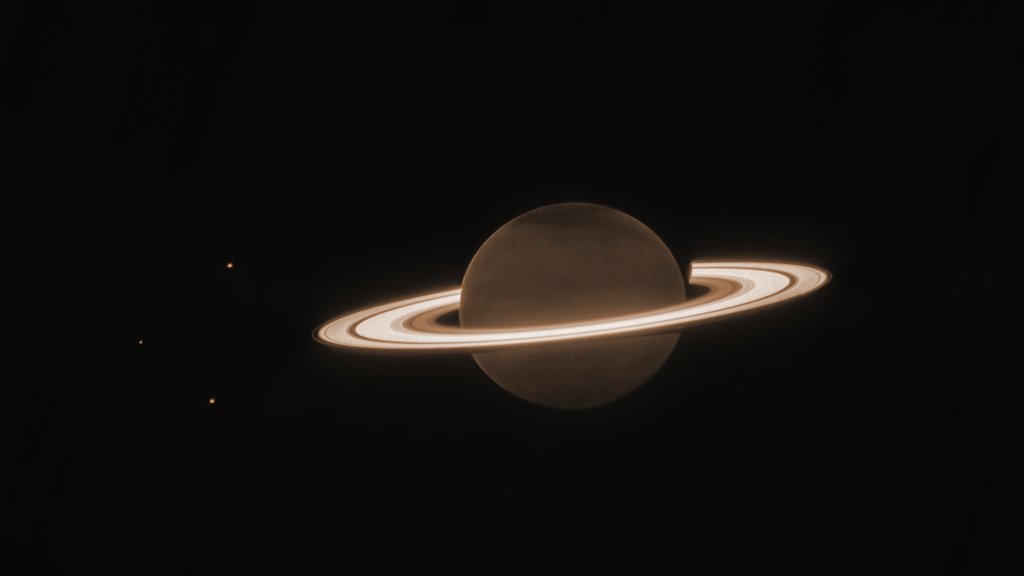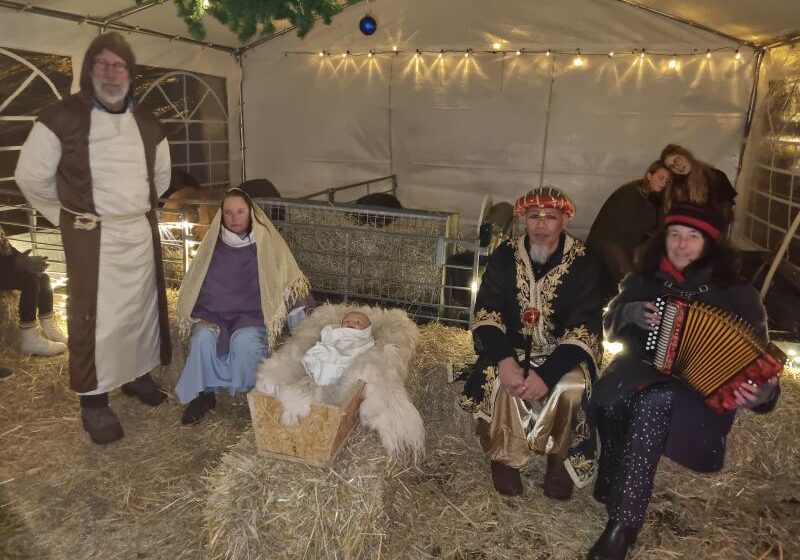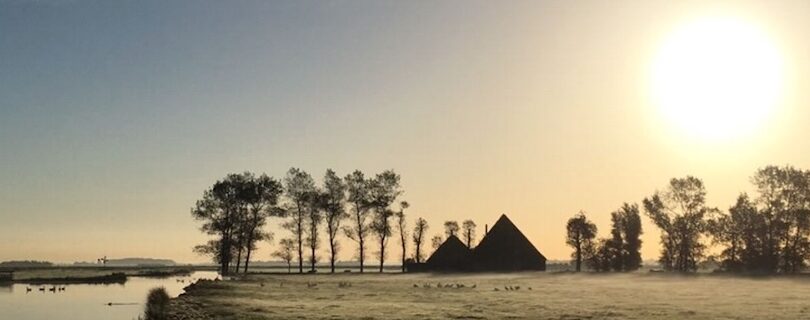Sterrenkunde als hobby is zo fascinerend!
Veel mensen vullen deze hobby in hun privéleven in door er meer van te willen weten, en buiten te genieten van de verstilling en een soort verbondenheid te ervaren met de sterrenhemel. Zij verwonderen zich over het grote en het verre boven hun hoofd. Ze dromen weg bij het onbekende. Anderen willen het op de foto vast leggen. Weer anderen willen het delen met anderen door lid te worden van een Sterren-vereniging of een volkssterrenwacht. Nog weer anderen bouwen een sterrenwacht in hun eigen achtertuin.
Op deze kennismakingsavond is de toegang vrij maar het aantal zitplaatsen beperkt. Daarom is reserveren (via e-mail) aan te raden.



